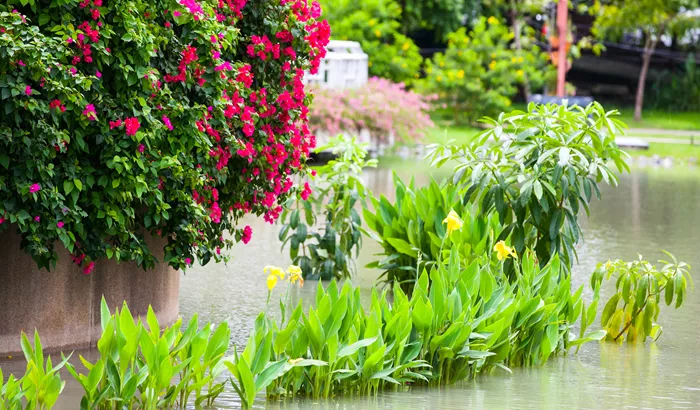Heavy rainfall can leave your cherished plants and flowers submerged in soggy soil, putting them at risk of root rot and other damage. Even the hardiest blooms require well-drained soil to thrive, so managing excess water is essential for a healthy garden.
If your plants are experiencing occasional waterlogging, drastic measures like digging ditches or installing drainage pipes might seem unnecessary. However, understanding why your garden retains water is the first step to protecting your greenery.
The key to saving your plants depends on identifying the cause and severity of the water buildup. Gardens with poor drainage can quickly turn into boggy patches, suffocating roots and harming flowers.
Causes of Waterlogged Soil
One common issue is uneven terrain, which causes water to pool around your plants. Gardens situated at the base of slopes or in low-lying areas are especially vulnerable.
Contrary to popular belief, adding patios or concrete surfaces can worsen drainage problems. These impermeable materials block water from soaking into the soil, increasing runoff and water accumulation near your plants.
In some regions, such as the UK, gardens often sit atop clay layers that retain water. Before investing in drainage fixes, confirm if your soil type contributes to water retention.
Simple Solutions for Healthier Plants
Sometimes, after heavy rain, water drains slowly simply because the soil is compacted. Aerating your garden by poking holes in the soil can improve airflow and water absorption, helping your plants breathe and stay healthy.
By addressing waterlogging early, you can protect your plants and flowers from damage and keep your garden flourishing even after the heaviest rains.


